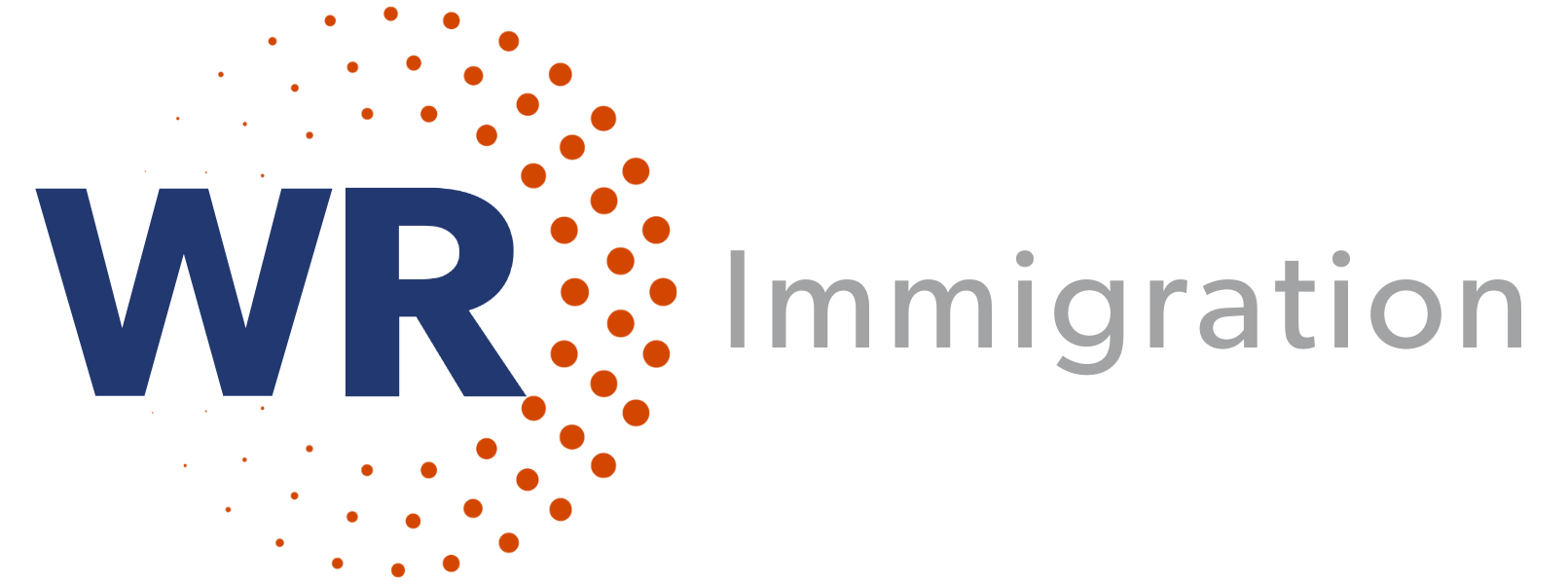The E-Verify program has issued a potentially confusing array of temporary policies related to the ongoing effects of the COVID-19 pandemic over a period of several years. Below is a summary of selected changes and employer tips related to Form I-9, Employment Eligibility Verification.
Physical Document Inspection Flexibilities Extended
- The Department of Homeland Security (DHS) has extended the flexibility policy in complying with certain physical inspection requirements related to Form I-9, Employment Eligibility Verification to April 30, 2022. A further extension is always a possibility, depending on pandemic-related developments. The flexibility policy previously was set to expire on December 31, 2021, but ongoing safety concerns and related uncertainties led to the extension.
- What does an employer have to do if utilizing the physical inspection flexibility?
- According to DHS guidance, employers must still complete Section 2 within three business days of hire. However, now that includes inspecting the I-9 Section 2 documents remotely (e.g., via video link, fax, or email) and obtaining and retaining copies of the documents within three business days of hire. Employers are instructed to enter “COVID-19” as the reason for the physical inspection delay in the Section 2 Additional Information field once physical inspection takes place after normal operations resume. Once they resume, DHS said, all employees who were onboarded using remote verification must report to their employer within three business days for in-person verification of identity and employment eligibility documentation. Once the documents are physically examined, the employer should add “documents physically examined” with the date of inspection in the Section 2 Additional Information field, or to Section 3, as appropriate.
- Must have written documentation of their remote onboarding and telework policy for each employee.
- E-Verify participants who meet the criteria and choose the remote inspection option should continue to follow current guidance and create cases for their new hires within three business days from the date of hire.
- If any workers are physically back in the office, the remote option is not available.
- Possible solution for remote employees who are unable to physically go into the office for onboarding:
- Have an authorized representativeto review the I-9 documents and complete Form I-9’s Section 2 at the employee’s location. An authorized representative can be any person the employer designates to complete and sign the I-9 on their behalf; a notary public, HR company, or attorney is not required. Even friends and family members of the employee can serve this purpose, if needed.
List B Identity Documents Temporary Policy
- In May 2020, E-Verify issued a temporary policy for List B identity documents. E-Verify acknowledged that employees may experience challenges in renewing state driver’s licenses, state ID cards, or other I-9 List B identity documents. E-Verify said that identity documents found in List B set to expire on or after March 1, 2020, and not otherwise extended may be treated the same as if the employee presented a valid receipt for an acceptable document for I-9 purposes. In such cases, employers should record the document information in Section 2 under List B, and enter the word “COVID-19” in the Additional Information Field. Within 90 days after DHS’s termination of this temporary policy, the employee must present a valid unexpired document to replace the expired document presented when they were initially hired. E-Verify said that it is best if the employee can present the replacement of the actual document that was expired, but if necessary, the employee may choose to present a different List A or List B document(s) and record the new document information in the Additional Information Field.
- E-Verify explained that if the employee’s List B identity document expired on or after March 1, 2020, and the issuing authority has extended the document expiration date due to COVID-19, the document is acceptable as a List B document for Form I-9 (not as a receipt) during the extension timeframe specified by the issuing authority. For extended documents, the employee is not required to later present a valid unexpired List B document.
Employment Authorization Document Delays
- In September 2020, E-Verify released information on delays in issuance of certain Forms I-766, Employment Authorization Documents (EADs), due to the pandemic. To complete the I-9 form, new employees who were waiting for their EADs and current employees who required reverification were allowed to present certain Forms I-797, Notice of Action, as a List C #7 document issued by the Department of Homeland Security that establishes employment eligibility, even though the notice states it is not evidence of employment authorization.
- For the notice to be acceptable, it must have included a Notice Date from December 1, 2019, through and including August 20, 2020, and indicate that USCIS approved the employee’s Form I-765, Application for Employment Authorization. Both new and current employees could present this notice to complete the I-9 until December 1, 2020. New employees were also required to present an acceptable List B identity document. By December 1, 2020, employers were required to reverify employees who presented this notice as a List C document. According to E-Verify, these employees must have presented new evidence of employment authorization—either their new EAD or any other acceptable documentation they choose—from either List A or List C.
Timeframe Extended for Taking Action to Resolve Tentative Nonconfirmations
- In March 2020, E-Verify extended the timeframe to take action to resolve Social Security Administration (SSA) Tentative Nonconfirmations (TNCs) due to SSA office closures. E-Verify also extended the timeframe to take action to resolve DHS TNCs in limited circumstances when an employee could not resolve a TNC due to public or private office closures.
- This policy was updated in January 2021: Employers who have an employee who received a TNC who no longer works for the employer must wait for E-Verify to update the employee’s case so the employer can close the case in E-Verify. Employers must close all cases in E-Verify. E-Verify said that due to the extension, it would provide employers adequate time to close their cases once E-Verify updates these cases.
- According to reports, some TNCs have begun to be issued after delays.
Any Anticipated Changes?
- There is much movement to bring Form I-9 to the current century. In a recent USCIS Remote Document Examination for Form I-9, Employment Eligibility Verification: Request for Public Input, many comments, including some from the biggest U.S. corporations requested USCIS consider making remote verification permanent without the need to review the physical documents. Further, many comments requested flexibility with acceptable documents to eliminate lapses of work authorization. We will continue to report as USCIS provides more details.
Contact your WR attorney for advice and help in specific situations.
More info:
- Temporary Policies Related to COVID-19, E-Verify, https://www.e-verify.gov/temporary-policies-related-to-covid-19
- ICE Announces Extension to I-9 Compliance Flexibility, U.S. Immigration and Customs Enforcement, https://www.ice.gov/news/releases/ice-announces-extension-i-9-compliance-flexibility-3
- DHS Announces Flexibility in Requirements Related to Form I-9 Compliance, https://www.ice.gov/news/releases/dhs-announces-flexibility-requirements-related-form-i-9-compliance#_blank
- Tentative Nonconfirmation (TNC) Overview, E-Verify, https://www.e-verify.gov/employees/tentative-nonconfirmation-tnc-overview
- E-Verify Extends Timeframe for Taking Action to Resolve Tentative Nonconfirmations, E-Verify, https://www.e-verify.gov/about-e-verify/whats-new/e-verify-extends-timeframe-for-taking-action-to-resolve-tentative
- Employment Authorization Document (EAD) Delays Due to COVID-19, E-Verify, https://www.e-verify.gov/about-e-verify/whats-new/employment-authorization-document-ead-delays-due-to-covid-19-0
- Form I-9 Completion by Employers of Certain H-2B Nonimmigrants Permitted to Start Work Because of Temporary Rules in Effect Due to the COVID-19 National Emergency, https://www.e-verify.gov/about-e-verify/whats-new/form-i-9-completion-by-employers-of-certain-h-2b-nonimmigrants-permitted
- Temporary Changes to Requirements Affecting H-2A Nonimmigrants Due to the COVID-19 National Emergency: Partial Extension of Certain Flexibilities, USCIS/DHS, https://www.govinfo.gov/content/pkg/FR-2020-08-20/pdf/2020-18283.pdf
- COVID-19 Temporary Policy for List B Identity Documents, E-Verify, https://www.e-verify.gov/about-e-verify/whats-new/covid-19-temporary-policy-for-list-b-identity-documents


